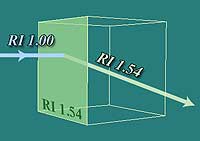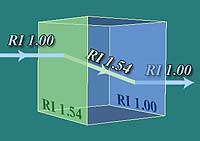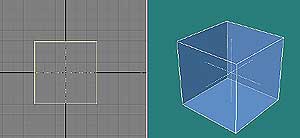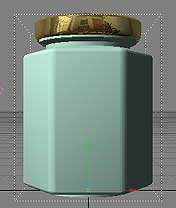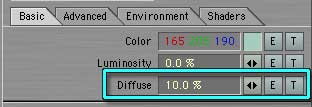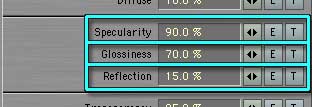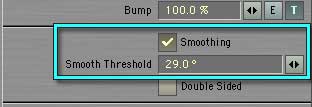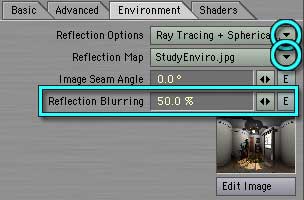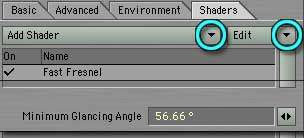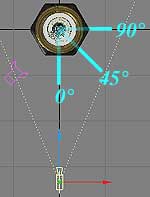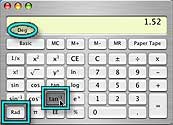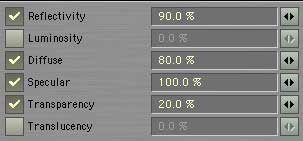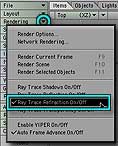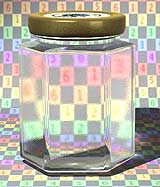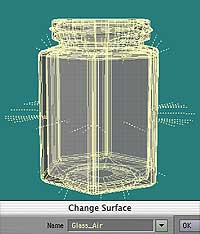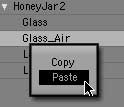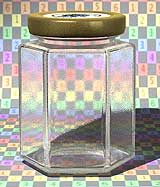|
In the options fields, set the values for the edges of your surface.
The Fresnel (fre-nell) equations show that reflection increases with viewing angle. That's why the surface of a lake looks reflective if you look across it, but much less so if you look down into it. So the Reflectivity should be higher than the setting in the Basic tab. Let's make it 90%, so the edges of the glass are almost as reflective as a mirror.
Luminosity is zero, and needs to stay at zero, so make sure that's unchecked.
The apparent edges of a transparent surface react to light more than the center, so increase the Diffuse value. Let's make it 80% at the edge. Specularity will increase, too. Let's set it to 100%.
Transparency decreases with viewing angle. Once again, think of the lake. It seems much clearer looking down into it that it does looking across. Let's bring this glass down to 20% Transparency at the most extreme angle.
|
